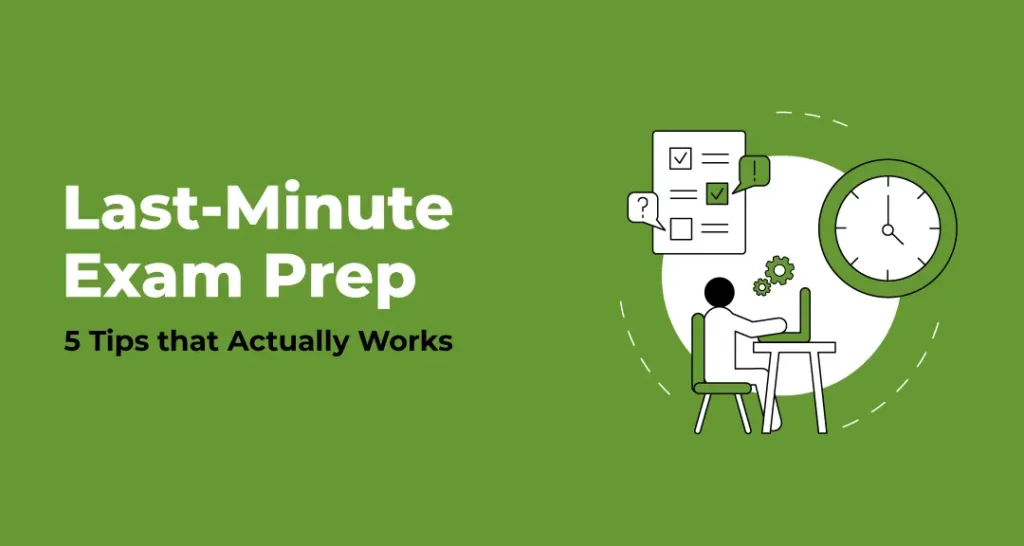Preparing for a bank exam in the final stretch often feels like a race against time. Aspirants require intelligent tools that provide organization and clarity, as they have a large number of topics to cover, limited time, and pressure to revise thoroughly. General awareness sections, especially those covering developments in technology, often carry high-scoring potential if revised strategically.
A well-designed science and technology current affairs pdf becomes a go-to resource in this phase. It can improve factual recall and reduce revision time when used carefully. Below are five practical and effective ways to use it smartly, followed by one crucial factor that affects how well it works.
Use It as a Daily Warm-Up Tool
Starting the day with a quick scan of recent innovations, tech updates, and research developments sets a focused tone for the study. A 15–20-minute review from the PDF helps activate the mind and offers a small psychological win, making it easier to continue with longer sessions. Consistent exposure to key terms ensures better recall, especially in a high-pressure environment. These warm-up reviews also reduce last-minute stress and make final revisions feel more manageable.
Highlight Repeat Topics for Better Memory
These PDFs often include themes that appear in multiple months—like ISRO launches, renewable energy breakthroughs, or new government tech schemes. Identifying and marking these recurring topics makes revision sharper and more focused. These highlights act as visual cues during quick revisions. Instead of re-reading full sections, aspirants can revisit only the most likely topics. Over time, this approach reinforces memory through repetition and prioritizes what’s more likely to be tested.
Use the PDF for Quiz-Style Revision
Instead of passively reading, transforming each page into a mini quiz adds an active layer to preparation. After finishing a section, one can write down five quick questions based on the content and try answering them without peeking. This method does two things: it sharpens recall under pressure and improves answer framing. It also mimics the exam situation, helping the learner practice speed and accuracy—two things that really count when solving general awareness questions in under a minute.
Group Similar Topics to Build Concept Links
Reading entries in isolation often leads to shallow retention. Instead, grouping related updates together—such as all tech developments in space, healthcare, or the environment—helps create stronger mental associations. This thematic linking deepens understanding and creates a web of knowledge rather than isolated points. Because the mind recalls groups of linked facts rather than just discrete facts, these links provide faster access to answers throughout the test.
Time-Box the PDF Sessions for Efficiency
When time is short, structure is key. Setting specific time blocks—like 25 minutes for five pages—ensures consistent progress without dragging. It also prevents mental fatigue that comes from aimless scrolling or overextending. Time-boxing improves focus and keeps other subjects from being neglected. After each session, a short break or subject switch resets attention. Over the course of a day, this method builds rhythm while still ensuring repeated exposure to current affairs.
Select the PDF Based on Its Quality and Relevance
The effectiveness of last-minute preparation depends greatly on the material’s quality. A good file should offer updated entries, accurate data, clean formatting, and no unnecessary content. Poorly made PDFs slow down reading, create confusion, and increase the risk of mistakes. In contrast, a well-structured source saves time, sharpens focus on key topics, and eases the burden of filtering information. It also builds trust, which is crucial under exam pressure.
The science and technology current affairs pdf becomes far more effective when paired with self-made revision trackers or topic-wise flashcards. This not only reinforces memory but also creates a personalized last-day review kit tailored to individual weak spots. So, rather than just reading passively, aspirants can turn the PDF into an interactive tool that actively shapes final performance.

